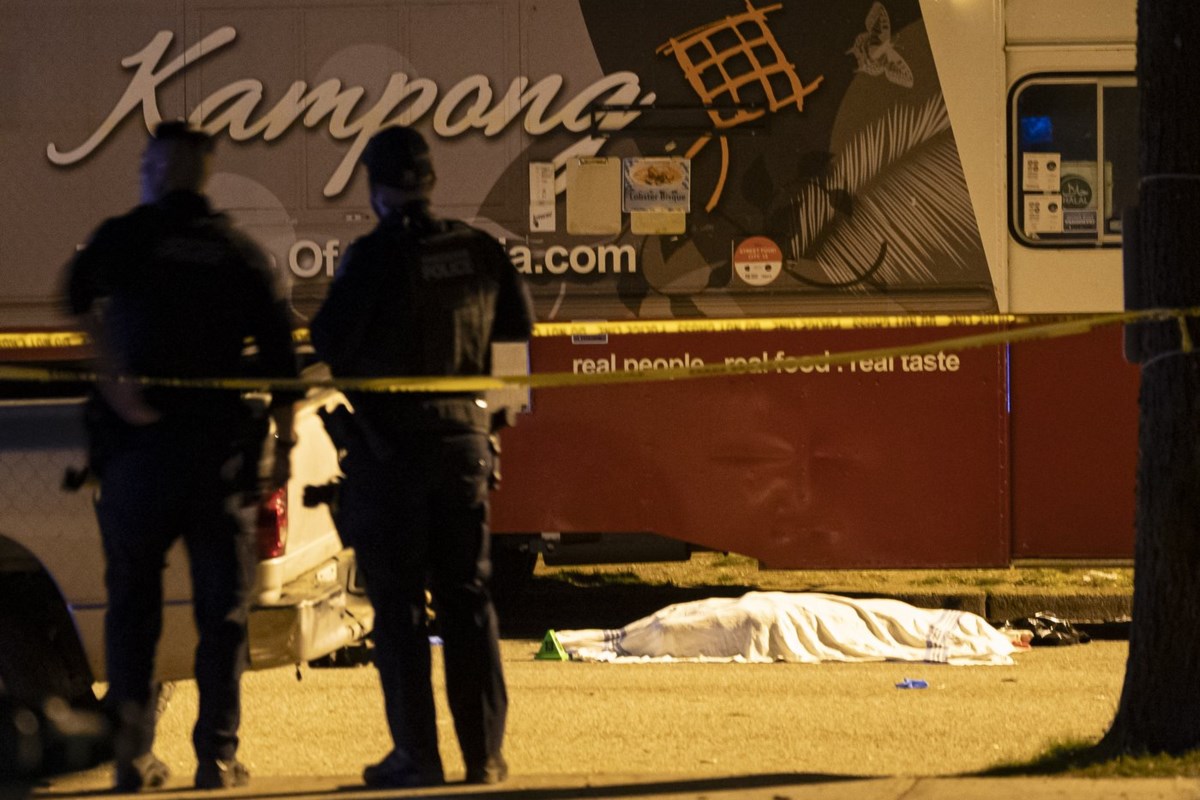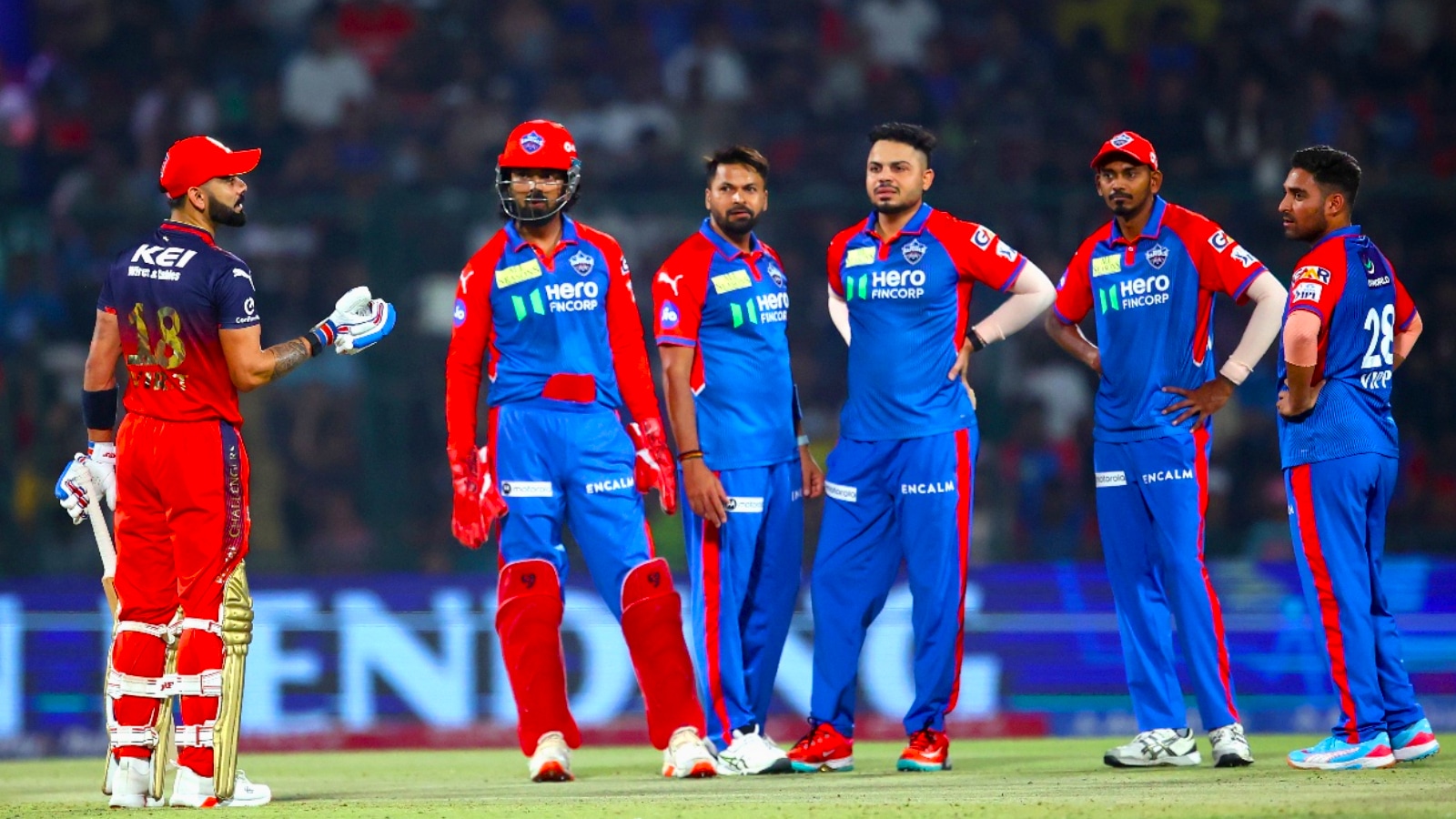No, I didn’t watch Sinners all the way through before giving it five stars

First, a mea culpa. It has always been my view that nobody should review a film without experiencing the entire work. Obviously, if you have to go to the loo then to the loo you must go. If transport catastrophes shave off a tiny section then we will let it pass. But, such inconveniences of the human condition noted, the critic needs to endure every last minute before awarding one star. Or five? Nothing has been more stirring in the young cinematic year than the critical and commercial success of Ryan Coogler’s Sinners. It is a whole bunch of terrific films. There is something here about the history of black music. There is a surprising amount about the complex relations between Irish immigrants and African-Americans. And there are many hungry vampires. I had no reservations in awarding it the full constellation of stars. Days later I learned I had left before significant scenes played themselves out. It would be wrong to say I exited before the end. The bloodletting looked to have finished. A musical sequence began. The credits came up on the screen. And, like most of the equally enthusiastic audience at the press screening, I made my way into the daylight. [ Sinners review: The best film of 2025 so far, right down to the Celtic vampires singing Rocky Road to DublinOpens in new window ] If you have seen a franchise movie (which Sinners is not yet) over the past 20 years, then you will be well ahead of me. It seems there was a “post-credits sequence” that supplied vital supplementary information. I haven’t yet got to see Sinners again – I will do so before it leaves the big screen – but I have, against all principles, read a synopsis. As reports have suggested, the sequence does add plot points that matter. “Sinners’ post-credits scene isn’t just worth waiting for – it’s essential,” GQ blares. The scene is, according to Vanity Fair, “much more substantial than most quick tags added to films these days”. And so forth. READ MORE What the hell is going on? Michael Curtiz didn’t run Rick’s farewell to Ilsa as a coda to Casablanca. John Carpenter didn’t wait for the credits of Halloween to reveal Michael Myers had raised himself from apparently fatal recline. Why would he? Yet cinemagoers now seem primed to expect something in the playout of a commercial movie. A sound analogy could be made with an encore at a gig. Everyone half-pretends that the band has left the stadium for good. Everyone knows that if you make a bit of noise they’ll return to play the hit they have conspicuously so far avoided. You feel you’ve got your money’s worth: the advertised package and a little more. So common is the practice that my colleague Matthew Turner, busy critic for Empire, the NME and elsewhere, now runs a “post-credits sting watch” on X. “There are *both* mid-credits and post-credits stings on Sinners,” he wrote a few days after I saw Coogler’s flick. Sinners enthusiasts on social media have, elsewhere, scolded some for leaving at what, until relatively recently, counted as the end. “The lights didn’t even go up guys!!” an Australian Xer posted. Hang on. Since when was that the rule? The practice could not have emerged in the first 60 years of cinema history, as – rendering the Casablanca quip above redundant – films did not regularly have end credits until the late 1960s and early 1970s. Ilsa got on the plane. Rick and Captain Renault committed themselves to a “beautiful friendship”. The words “The End” came up and you rushed for the exit. Nobody then got to see who was the “insurance provider” or who was “Mr Bogart’s assistant”. That had to wait another 30 years or so. [ ‘I couldn’t sit through it’: New Oscars rule requires members to watch all films before votingOpens in new window ] Fun stuff happened in end credits through the 1980s and 1990s. But this current incarnation started with the franchise gold rush in the early 21st century: short stings, usually pointing towards future developments in the series. The Marvel Cinematic Universe is a repeat offender. Nick Fury pops up at the end of Iron Man. Thor’s hammer is discovered as that film’s sequel closes. Lord knows why, in 2021, Harry Styles was dropped in among the credits for Eternals. We may yet find out. We may not care. All of which is easy to ridicule. Look at these rubes obeying the instructions of messianic studio heads on distant continents. The film is over. Get out of your seats and enjoy the sun. And yet ... The end-title sequence is a phenomenon that makes sense only in the cinema. Fans get to the theatrical release and, sitting transfixed in the dark, wait, unspoiled, for a pointer to future developments. The 007 films were doing this before end credits were a regular occurrence. Remember “James Bond will return in …”? Anything that enhances the theatrical release is to be applauded. You are now aware Sinners is doing just that.



















